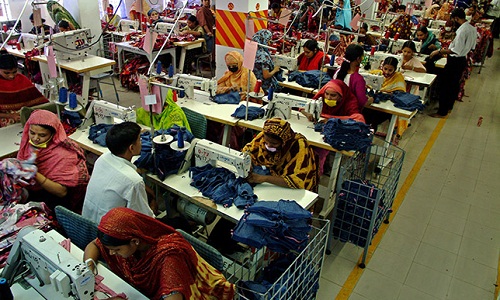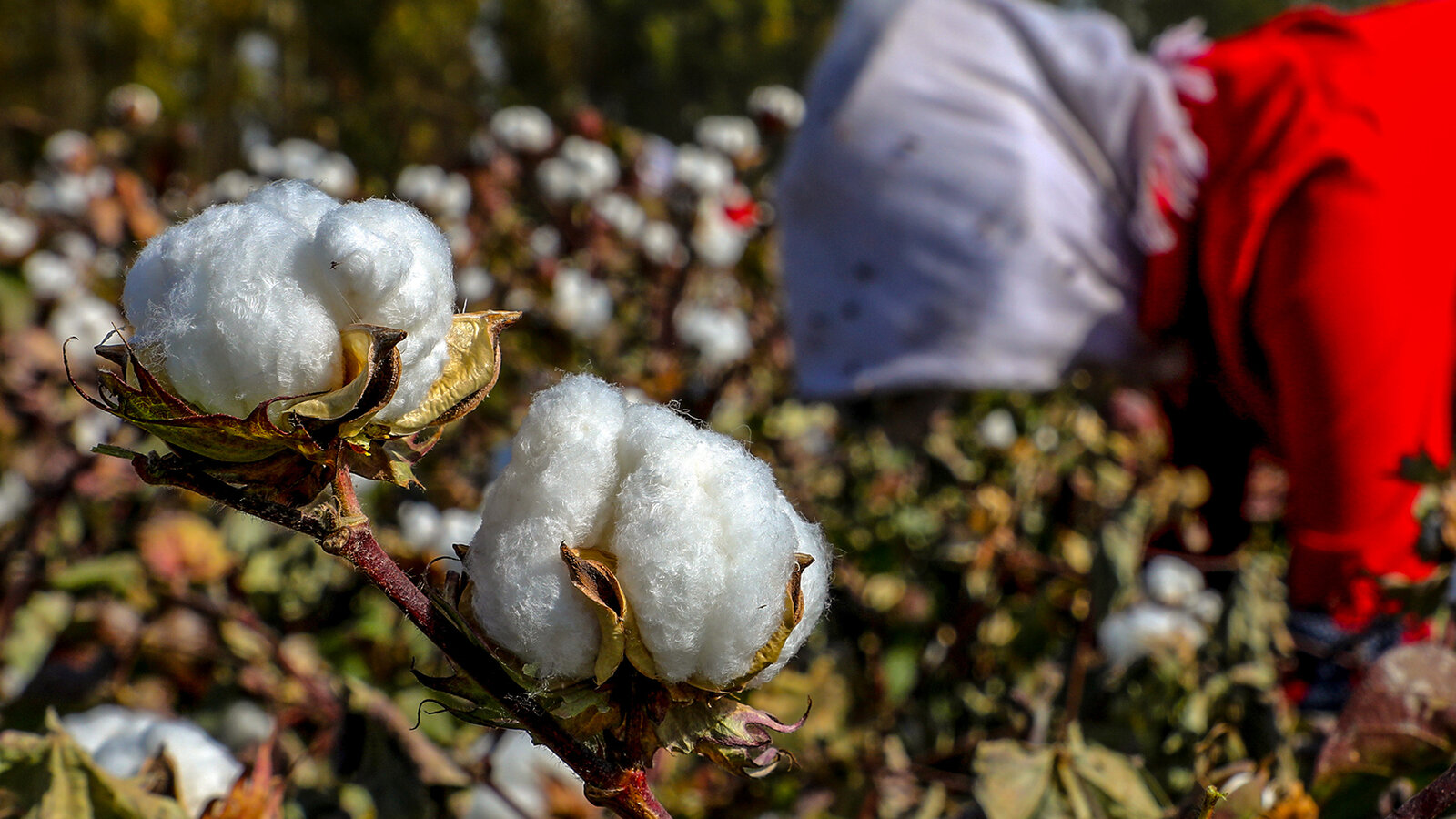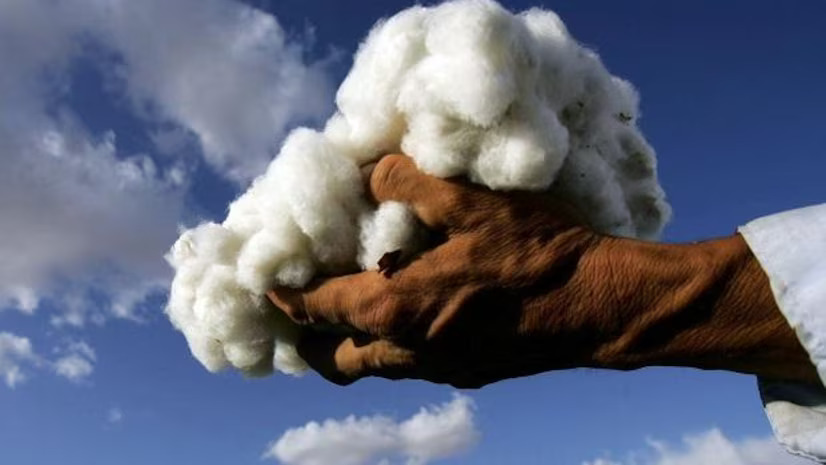"With inherent advantages such as skilled workforce and competitive wages, Bangladesh has all the might to become Asia's manufacturing hub as the country is on the back of high export growth. It employs around 4.4 million workers in the garment sector, and the number is slated to grow with the rise in sectors such as leather and leather goods."

With inherent advantages such as skilled workforce and competitive wages, Bangladesh has all the might to become Asia's manufacturing hub as the country is on the back of high export growth. It employs around 4.4 million workers in the garment sector, and the number is slated to grow with the rise in sectors such as leather and leather goods.
Asia in the global market

In 2015, the global garment business was worth $445 billion and Bangladesh's export was worth $26 billion. In the same year, China exported apparel items worth $175 billion, Vietnam $22 billion, India $18 billion, Turkey $15 billion, Indonesia $7 billion, Cambodia $6 billion and the US $6 billion. In 2000, the share of Asia in global clothing exports was 40.92 per cent, while that of the rest of the world was 59.08 per cent. In 2015, Asia's share was recorded at 62.41 per cent and the rest of the world was at 37.59 per cent. In fiscal 1984-85, Bangladesh's garment export was $0.12 billion and in fiscal 2015-16, the country's clothing export was $28.09 billion, he added.
Bangladesh eying global share
Bangladesh's market share in the global manufacturing sector is increasing with a rise in intra-regional trade. The key lies in giving due credit to the workers. Industry associations feel that if factory workers are treated with dignity, their productivity increases as well. The government, factory owners and retailers should work for the welfare of the workers. Imparting training not only to mid-level management, but also top level and low level management would garner better results.
What works for Bangladesh is it is in the heart of Asia and other Asian countries can shift their production to Bangladesh. There are 78.6 million people in the workforce, including all sectors like garments, agriculture, manufacturing and the services sectors. The average age of most workers is below 40, which is a dividend for the country. With higher growth of exports, Bangladesh should thrust on the environmental and security issues to go the sustainable way.
Experts feel there can be no alternative to Bangladesh owing to its capacity to handle volumes and delivering goods at competitive prices. The leather sector is the next business that is coming up in Bangladesh. The competitive advantage of Bangladesh is the duty benefit to some countries. Companies want to source compliant leather from Bangladesh. Retailers make more than 60 per cent profit, although they purchase the clothing items at very cheap rates. Going ahead, the country should also produce high-end apparel products.
With inherent advantages such as skilled workforce and competitive wages, Bangladesh has all the might to become Asia's manufacturing hub as the country is on the back of high export growth. It employs around 4.4 million workers in the garment sector, and the number is slated to grow with the rise in sectors such as leather and leather goods. </p>
<p>
<h2> Asia in the global market </h2>
<p>
In 2015, the global garment business was worth $445 billion and Bangladesh's export was worth $26 billion. In the same year, China exported apparel items worth $175 billion, Vietnam $22 billion, India $18 billion, Turkey $15 billion, Indonesia $7 billion, Cambodia $6 billion and the US $6 billion. In 2000, the share of Asia in global clothing exports was 40.92 per cent, while that of the rest of the world was 59.08 per cent. In 2015, Asia's share was recorded at 62.41 per cent and the rest of the world was at 37.59 per cent. In fiscal 1984-85, Bangladesh's garment export was $0.12 billion and in fiscal 2015-16, the country's clothing export was $28.09 billion, he added. </p>
<p>
<h2> Bangladesh eying global share </h2>
<p>
Bangladesh's market share in the global manufacturing sector is increasing with a rise in intra-regional trade. The key lies in giving due credit to the workers. Industry associations feel that if factory workers are treated with dignity, their productivity increases as well. The government, factory owners and retailers should work for the welfare of the workers. Imparting training not only to mid-level management, but also top level and low level management would garner better results. </p>
<p>
What works for Bangladesh is it is in the heart of Asia and other Asian countries can shift their production to Bangladesh. There are 78.6 million people in the workforce, including all sectors like garments, agriculture, manufacturing and the services sectors. The average age of most workers is below 40, which is a dividend for the country. With higher growth of exports, Bangladesh should thrust on the environmental and security issues to go the sustainable way. </p>
<p>
Experts feel there can be no alternative to Bangladesh owing to its capacity to handle volumes and delivering goods at competitive prices. The leather sector is the next business that is coming up in Bangladesh. The competitive advantage of Bangladesh is the duty benefit to some countries. Companies want to source compliant leather from Bangladesh. Retailers make more than 60 per cent profit, although they purchase the clothing items at very cheap rates. Going ahead, the country should also produce high-end apparel products. </p>












